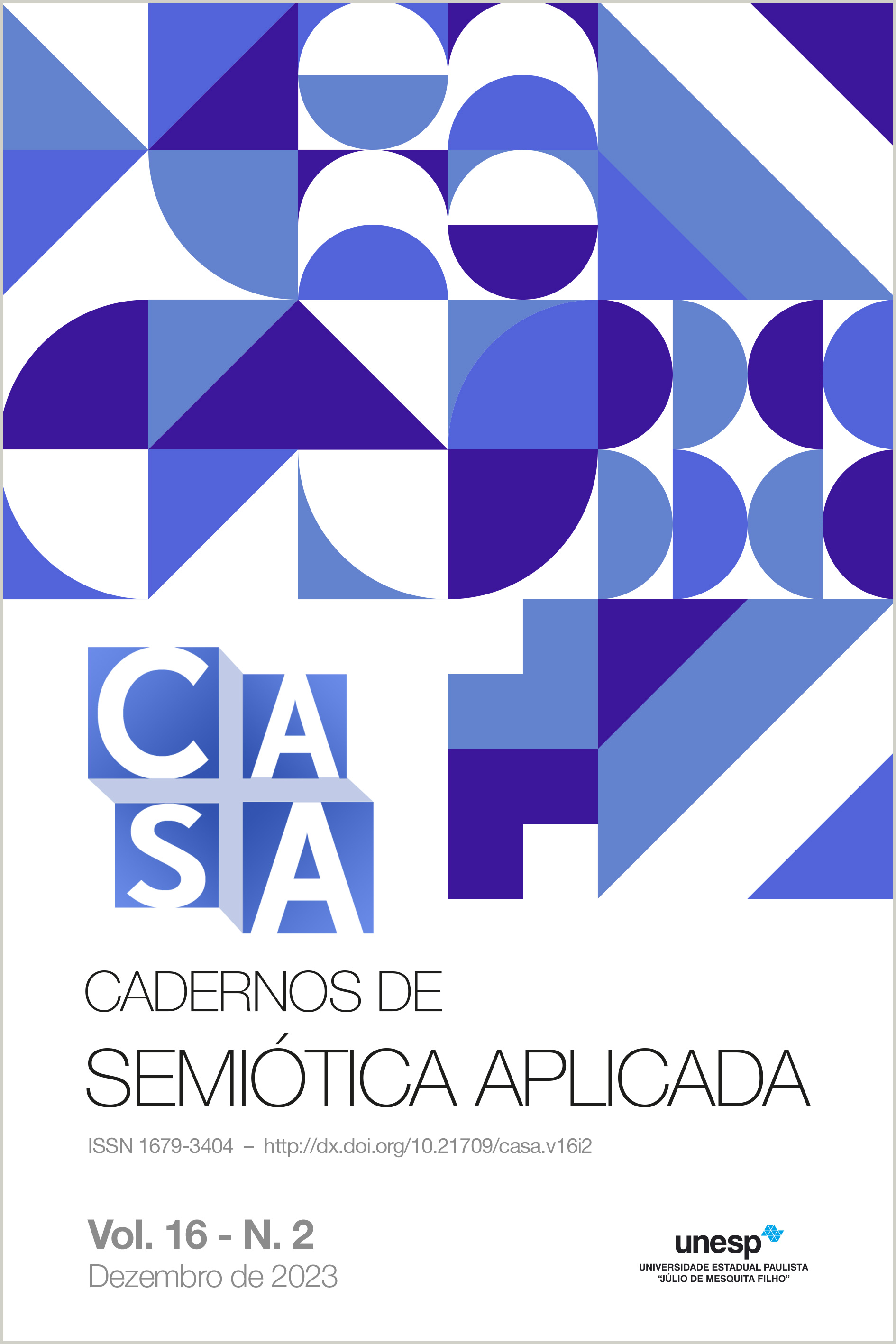O POEMA DA PINTURA – RELAÇÕES INTERSEMIÓTICAS NO LIVRO POEMAS, DE PORTINARI
THE POEM OF THE PAINTING – INTERSEMIOTIC RELATIONS IN THE BOOK POEMAS, BY PORTINARI
DOI:
https://doi.org/10.21709/casa.v16i2.18302Keywords:
Portinari. Poesia brasileira. Pintura. Semiótica. Sentido.Abstract
ABSTRACT: The work “Poemas”, the only poetry book written by Cândido de Portinari – without illustrations – is divided into 4 parts or sections: “O menino e o povoado”, “Aparições”, “A revolta”, and “Uma prece”. The painter-Portinari’s themes remind of the poet-Portinari’s ones when they refer to the joys and fears of childhood in Brodósqui. In this paper, we studied the dialogue between a single poem present in the section “O menino e o povoado” and a single painting named Circo to analyze the aesthetic relations between these two languages. The goal was to study the dialogue of Cândido Portinari’ poem with the composition process of his plastic work, by researching the aesthetic relations between these different languages, using as analysis instrument the greimasian semiotics, especially the concepts of enunciation, figurativity, figurative and plastic semiotics, and the problems concerning the poetics itself: rhythm, rhyme, and spatial arrangement of the words. Painter and drawer, Cândido Portinari was also a poet, and this was the main aspect we focused on this study.
Downloads
Published
Issue
Section
License
Copyright (c) 2023 CASA: Cadernos de Semiótica Aplicada

This work is licensed under a Creative Commons Attribution-NonCommercial-NoDerivatives 4.0 International License.
The authors of the approved papers agree to grant non-exclusive publication rights to CASA. Thus, authors are free to make their texts available in other media, provided that they mention that the texts were first published in CASA: Cadernos de Semiótica Aplicada. Besides, they authorize the Journal to reproduce their submission in indexers, repositories, and such. Authors are not allowed to publish the translation of the published paper to another language without the written approval of the Executive Editors. The authors are totally responsible for the content of the published work.

